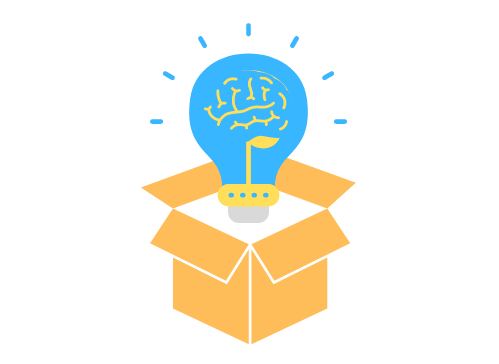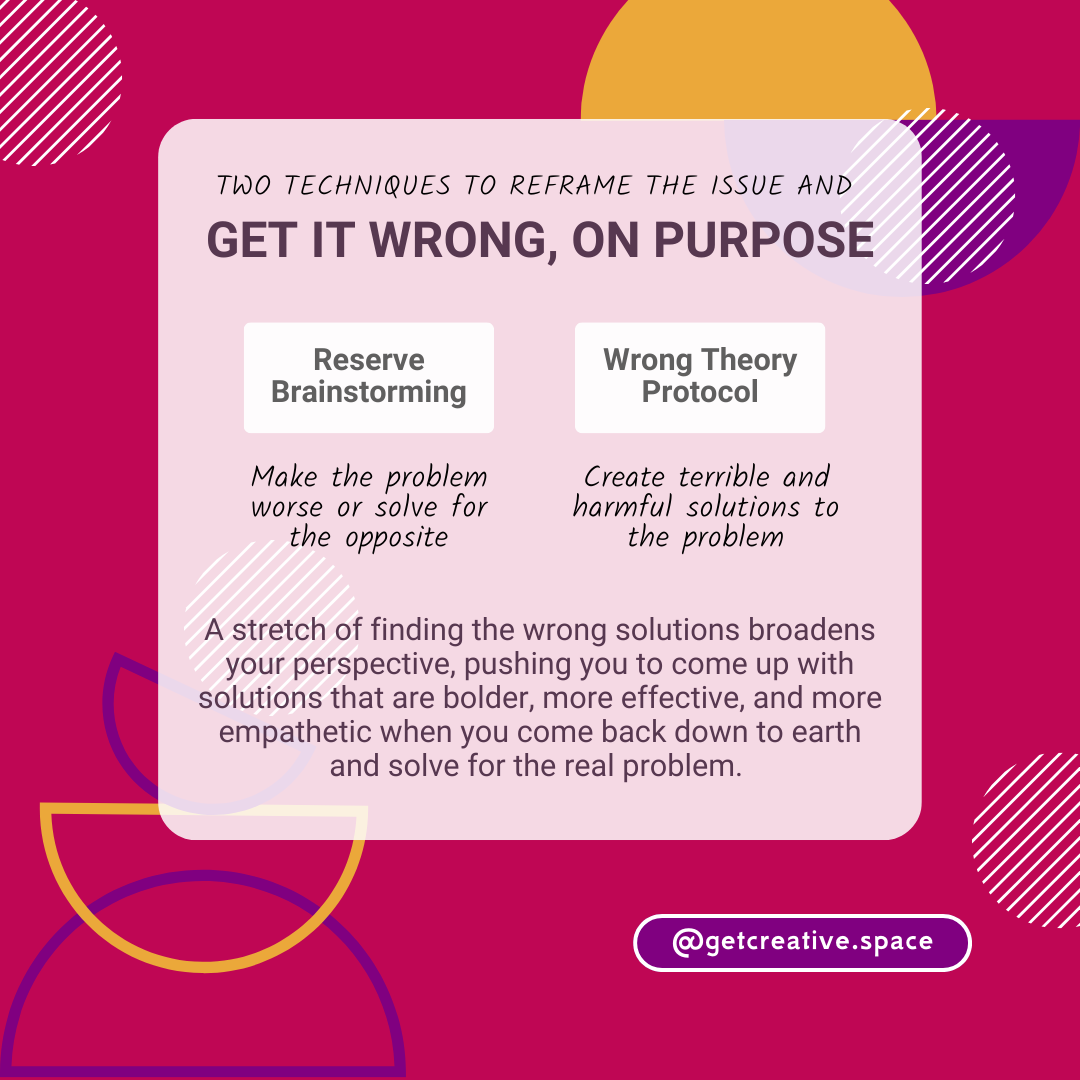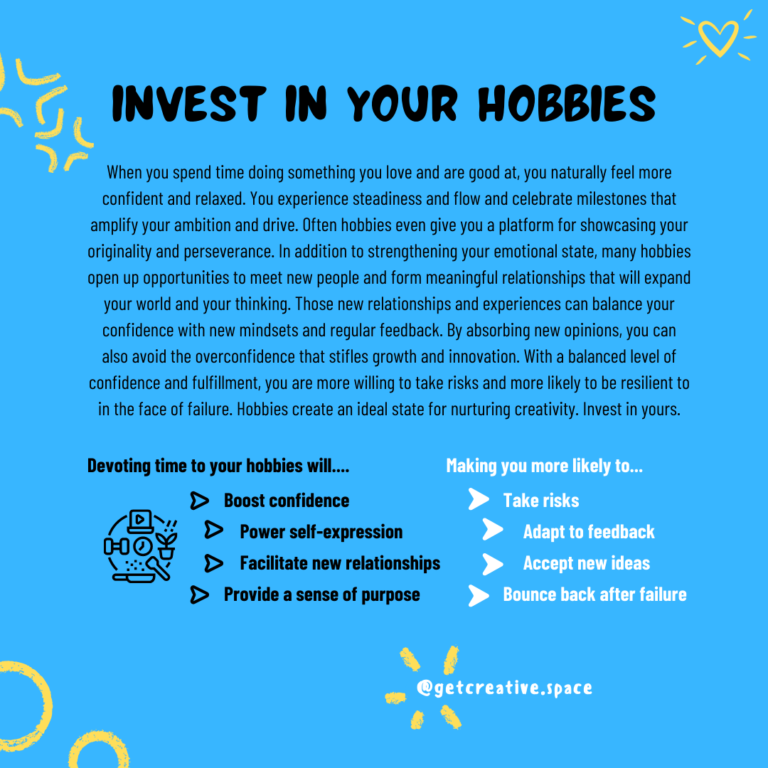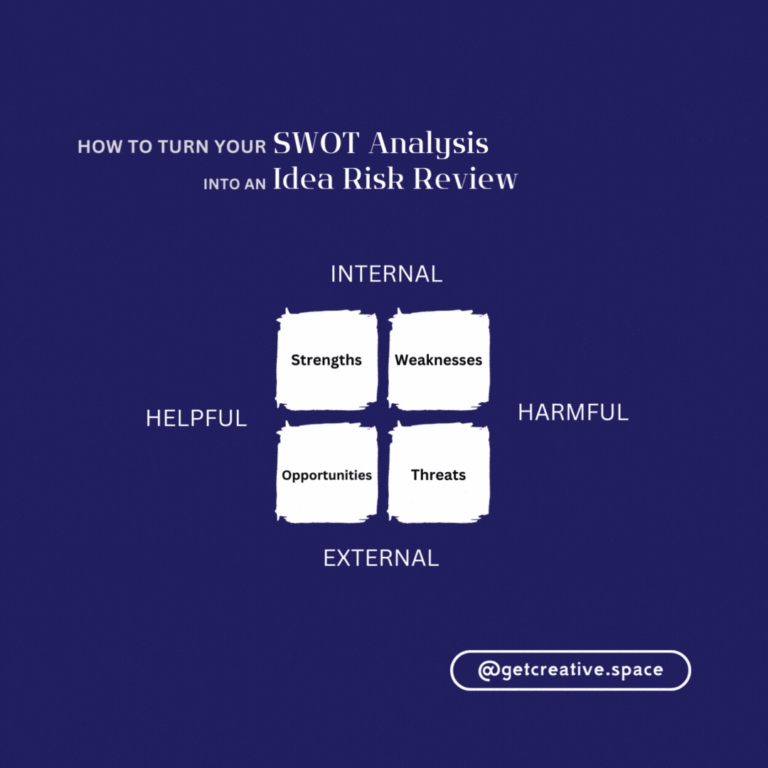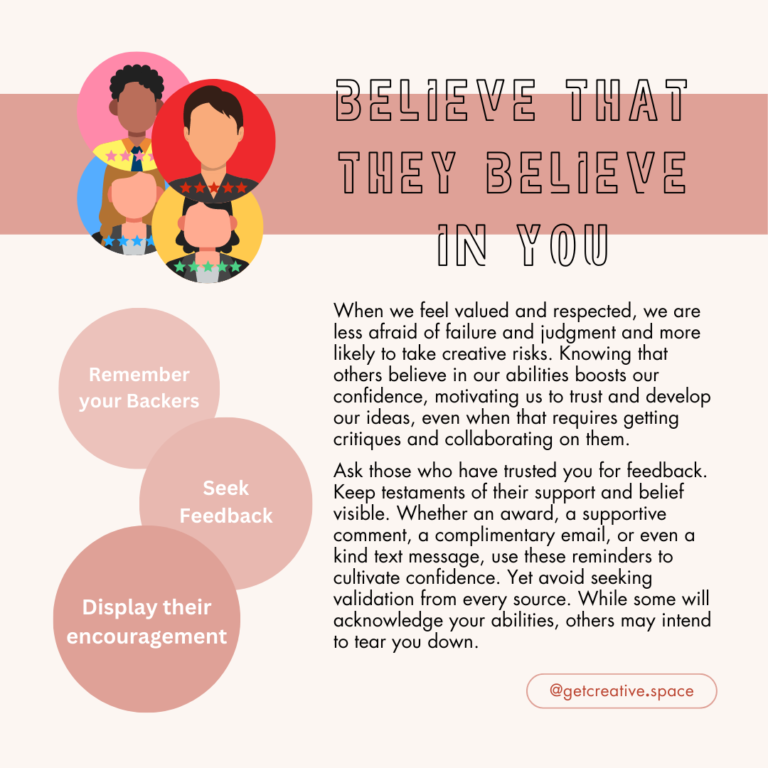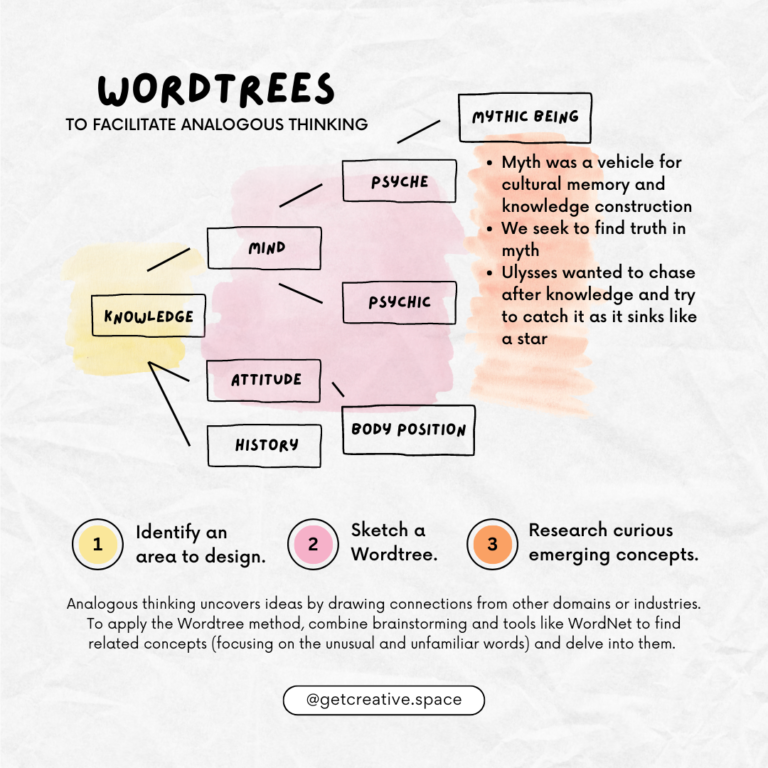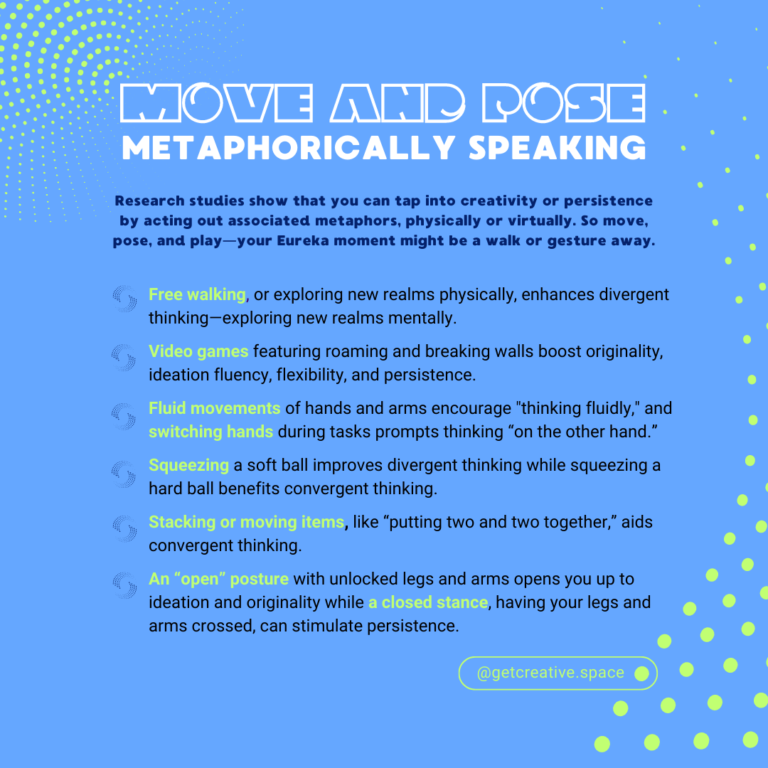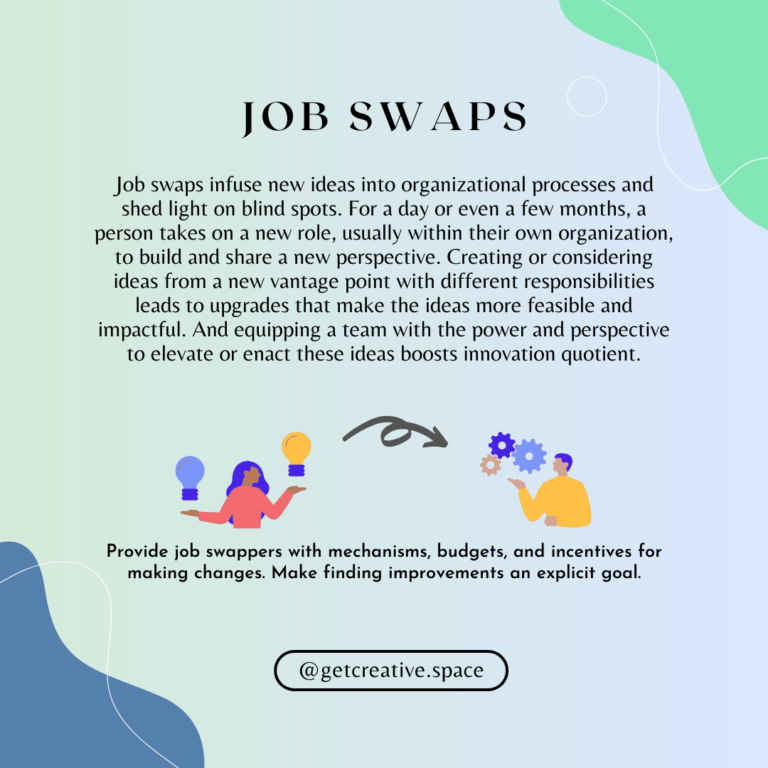Get it wrong, on purpose
Solving for the wrong problem or coming up with the wrong solution broadens your perspective, pushing you to come up with bolder and more empathetic solutions that can actually work when you come back down to earth. Here are two ways to reframe the issue and get it wrong, on purpose:
- Reserve Brainstorming: Deliberately make the problem worse or solve for the reverse
In this approach, intentionally brainstorm ways to worsen the problem or provide solutions that go against the intended outcome. For example, if the goal is to provide better information to your clientele, think about how you could mislead or steer them in the wrong direction. This exercise challenges your thinking and encourages you to consider alternative perspectives and potential pitfalls.1
- Wrong Theory Protocol: Explore terrible and harmful solutions
In this activity, actively consider the most harmful and ineffective solutions to the problem at hand. Instead of seeking the right answer, focus on generating the worst possible ideas. By exploring these extreme scenarios, you gain insights into what doesn’t work and understand the potential negative consequences. This process helps you develop a deeper understanding of the needs and challenges faced by the people you are trying to serve.2
Dr. Svihla, the creator of the Wrong Theory Protocol, suggests that this approach is effective for several reasons:
1) Opening up to great ideas: By removing the pressure to find the “right” solution, you create a space for more innovative and unconventional ideas to emerge. This freedom allows for greater creativity and encourages thinking outside the box.
2) Understanding user interaction and real problems: Through exploring wrong solutions, you gain a better understanding of how people will interact with your proposed solutions and the actual problems they need addressing. This insight helps you tailor your approach to meet their needs effectively.
3) Fostering empathy: After considering harmful and humiliating ideas, you develop a deeper sense of empathy towards the challenges and needs of your target audience. This empathy becomes a driving force in developing solutions that genuinely address their concerns and provide meaningful support.
By intentionally exploring the wrong problem or solutions, you can expand your thinking, gain valuable insights, and ultimately develop more effective and empathetic solutions when you return to the real problem at hand. It is important to approach this process with an open mind and use the knowledge gained to inform your future problem-solving efforts.
